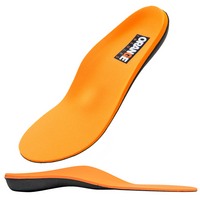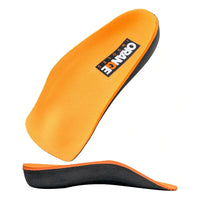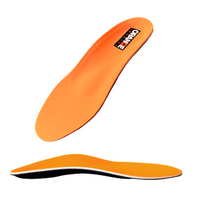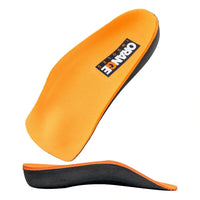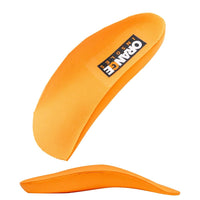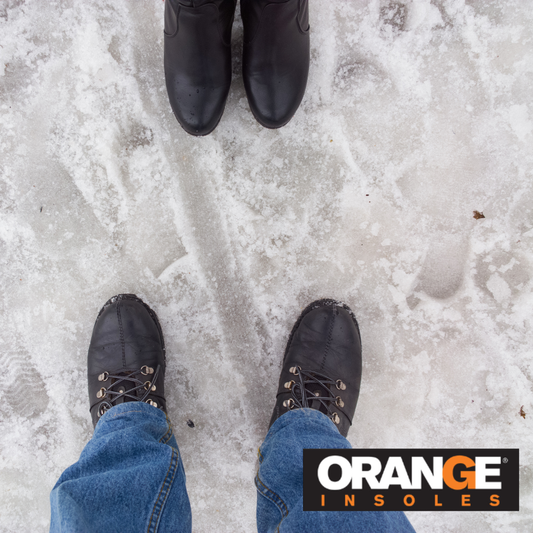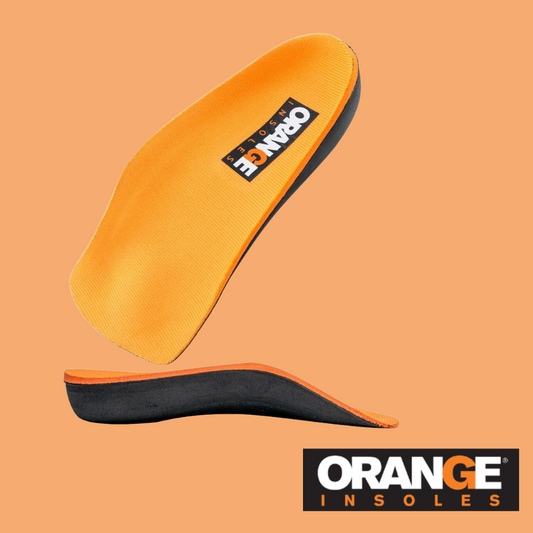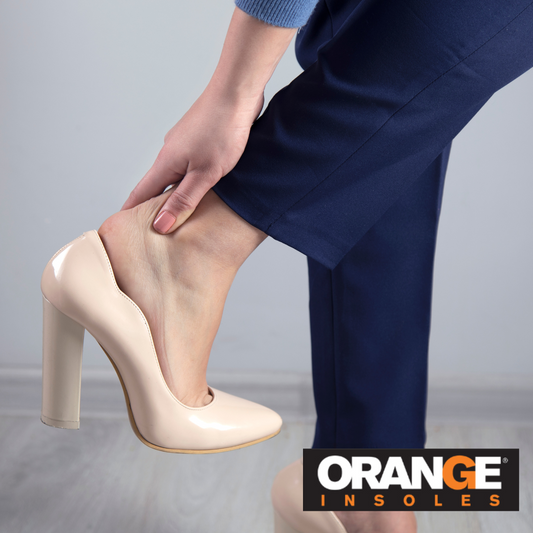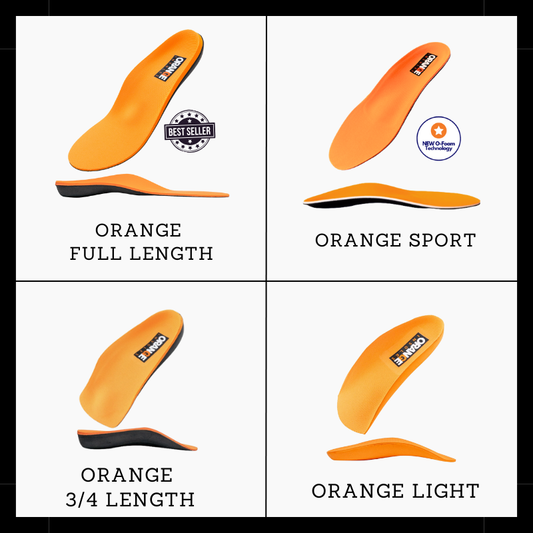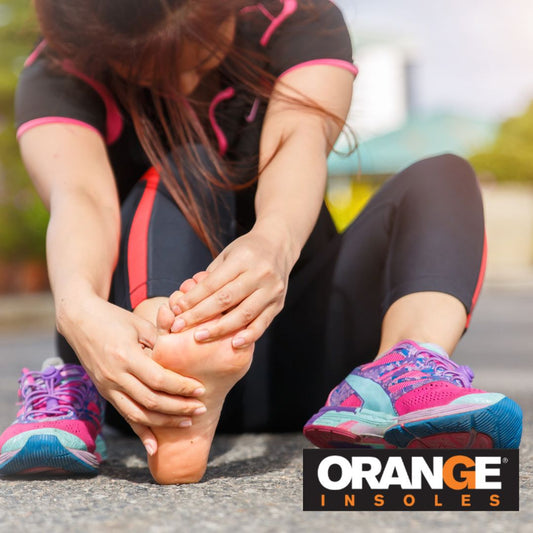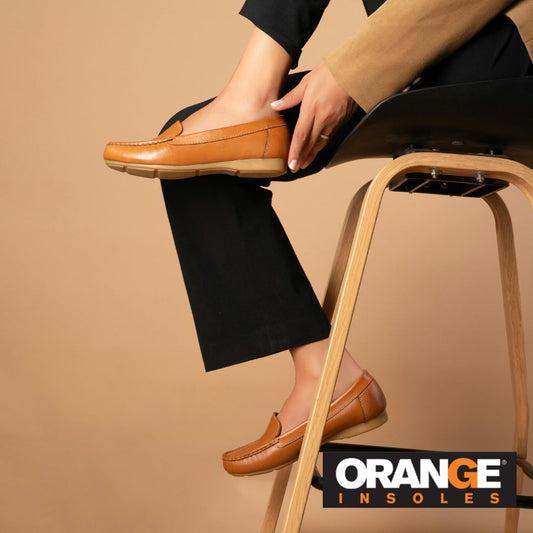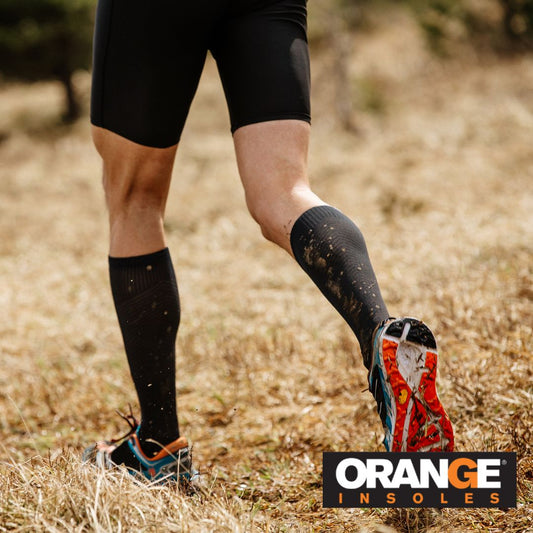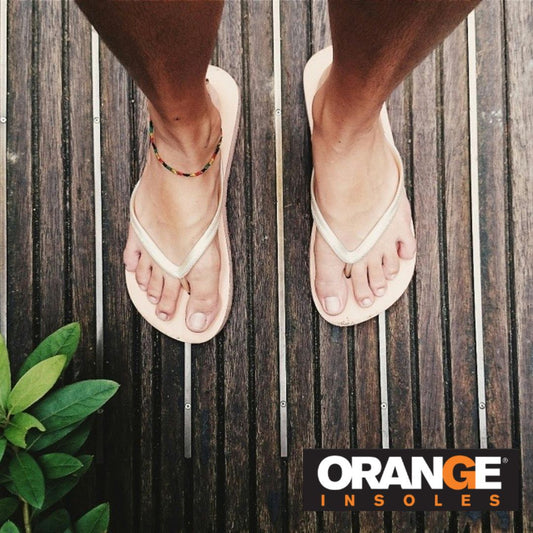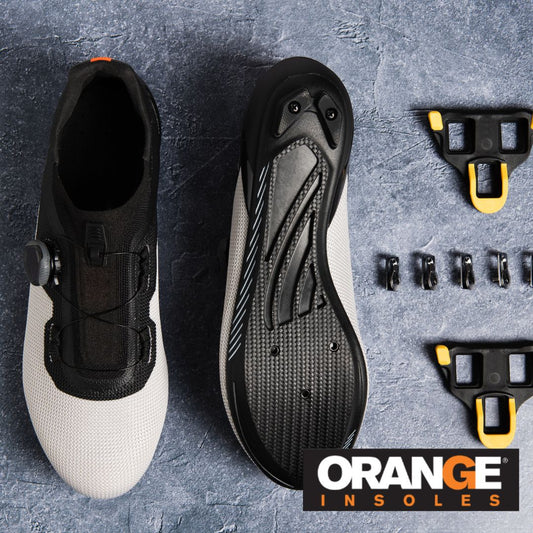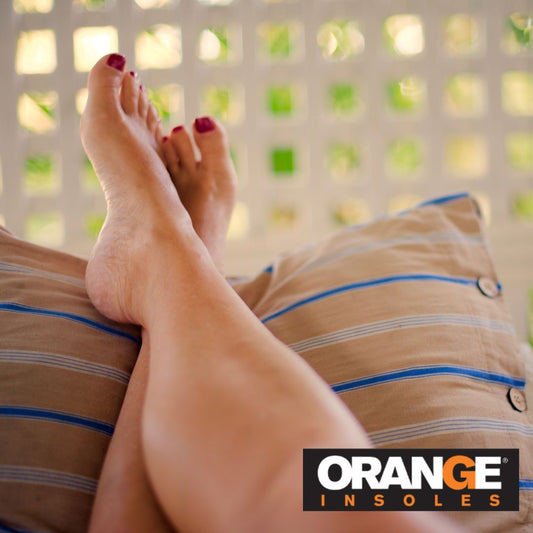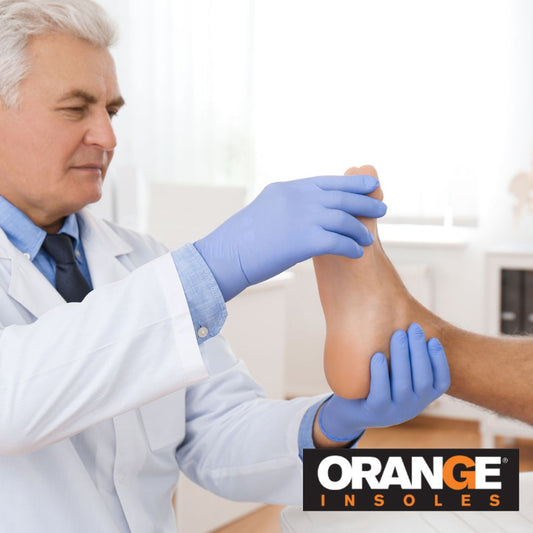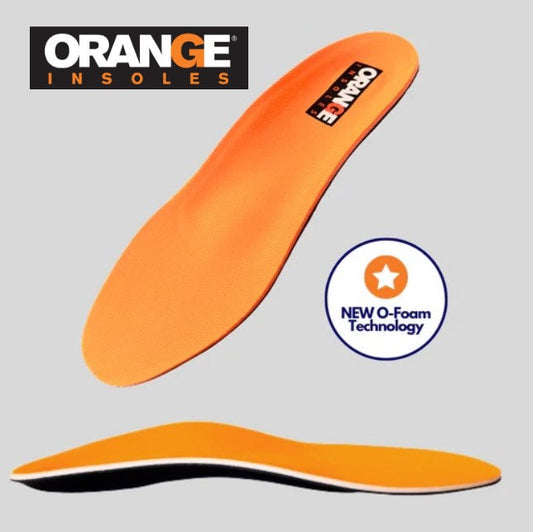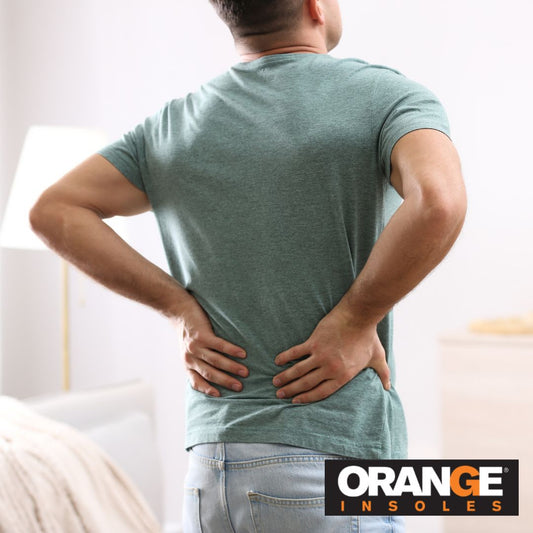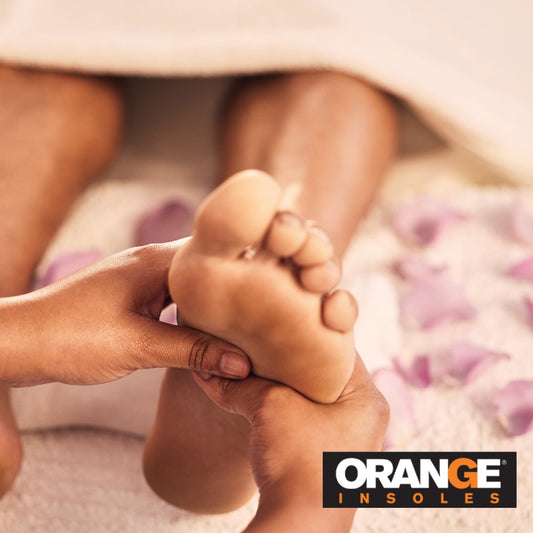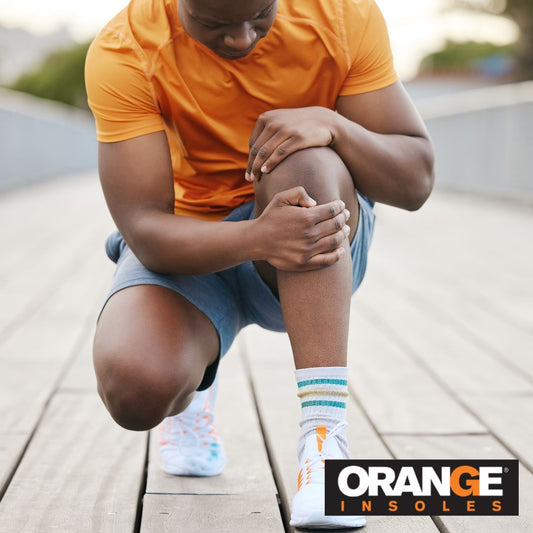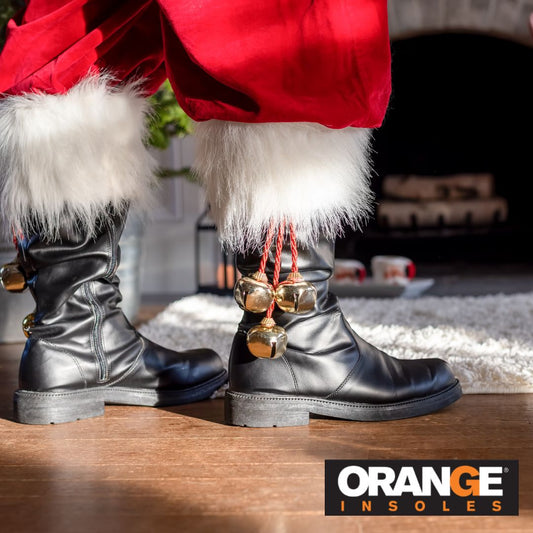If your shoes always feel snug even when you size up, or, if your toes feel squished by the end of the day there’s a good chance you might have wide feet. The problem? Most shoe brands are built on “standard” lasts (the molds that shape shoes) that don’t account for every foot type.
The good news is: wide feet are common, completely normal, and easy to support once you know what to look for. Here’s how to tell if you have wide feet, what causes it, and how to keep them happy and pain-free.
What Does It Mean to Have Wide Feet?
Having wide feet simply means the distance across the ball of your foot (the widest part) is greater than what’s considered “standard” for your shoe size.
Shoes come in different width categories though not every brand carries all of them:
-
Narrow
-
Regular/Medium
-
Wide
-
Extra-wide
If you’ve always had to go up half a size to “make it fit,” you’re not alone. But sizing up can cause new problems: your heel might slip, your arch may shift out of alignment, and your toes might still not have the space they need. How to Tell If You Have Wide Feet
-
Shoes pinch across the sides or toe box.
-
The outer edges of your shoes wear down quickly.
-
You feel pressure on the sides of your big and pinky toes.
-
Socks leave deep marks on the sides of your feet.
-
You dread wearing anything that isn’t stretchy or open-toed.
What Causes Wide Feet?
Wide feet can be hereditary passed down just like eye color or height but other factors can make them even wider over time:
1. Age and Natural Changes
As we age, ligaments and tendons lose elasticity. Arches flatten, and the foot spreads slightly. It’s possible your feet can get wider as you age.
2. Pregnancy
Hormonal changes and temporary swelling can expand the feet. Sometimes, they don’t shrink fully back afterward.
3. Weight Gain or High-Impact Activity
More body weight or high-impact exercise increases downward pressure, which can flatten arches and widen the midfoot.
4. Flat Feet or Fallen Arches
Without proper arch support, your foot can splay outward especially if you overpronate (roll inward while walking).
5. Health Conditions
Edema (fluid retention), bunions, or inflammatory issues can cause swelling and widening across the foot.
How to Shop for Wide Feet
Finding shoes that truly fit wide feet can be tricky, but not impossible. Keep these key rules in mind:
1. Look for Wide or Extra-Wide Options
Brands like New Balance, Brooks, Asics, and Hoka offer multiple width choices. Always check the sizing guide before buying.
2. Prioritize Toe Box Space
A roomy toe box lets your toes splay naturally, improving balance and comfort. If your toes press against the front or sides, they’re too narrow.
3. Avoid Pointed-Toe Styles
They force your foot into an unnatural shape especially harmful if you already experience bunions or hammertoes.
4. Use Supportive Insoles
If you have wide feet, it’s not just about space it’s about stability. Proper insoles help your arches carry weight evenly, preventing your foot from collapsing or splaying further.
The Orange Full-Length Insole provides deep heel support and arch structure for better alignment, a game-changer for wide-footed runners, workers, and everyday wearers.
For more details on how alignment helps your body, read Why Orange Insoles Are Effective: Our Signature Deep Heel Cup.
Care and Comfort Tips for Wide Feet
Even with the right shoes, a few small habits can make a big difference:
Choose the Right Socks
Go for moisture-wicking, seamless socks with light compression. Cotton tends to bunch up and trap heat, which can worsen friction.
Stretch Daily
Your feet work hard all day reward them with simple stretches like toe spreads, towel scrunches, and calf raises to maintain flexibility.
Watch for Swelling
If your feet tend to swell in hot or humid weather, elevate them at night and stay hydrated. (See Why Do My Feet Hurt During Colder Weather? for how temperature affects your feet year-round.)
Rotate Your Shoes
Alternate pairs daily to let them air out and maintain their shape.
Mind Your Posture
Wide feet often go hand in hand with flat arches or pronation both can affect knee and hip alignment. Good insoles correct this chain reaction from the ground up.
When to See a Specialist
If you experience persistent pain, swelling, or numbness, it’s worth checking in with a podiatrist. They can rule out nerve compression, circulation issues, or biomechanical imbalances. Sometimes, custom orthotics may be recommended but for most people, a structured over-the-counter insole like Orange Insoles provides the same benefits at a fraction of the cost.
Wide Feet Aren’t a Problem, Just a Different Fit
Having wide feet isn’t a flaw; it’s just your natural foundation. Once you learn how to support them, you’ll enjoy better comfort, fewer aches, and longer-lasting shoes.
So instead of squeezing into “standard” shoes, give your feet the room and support they deserve.
Explore insoles designed for real feet at the Orange Insoles Shop and find your perfect fit today.
